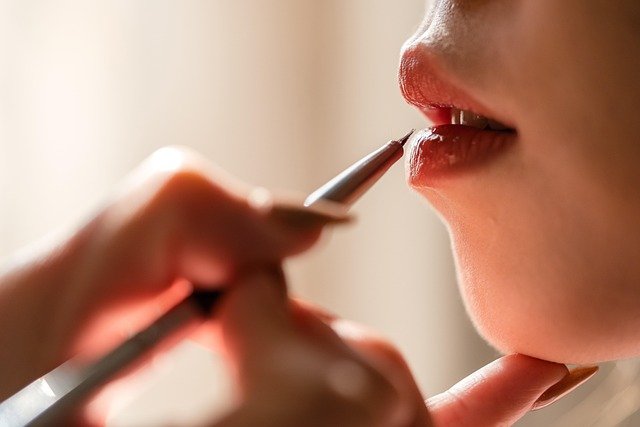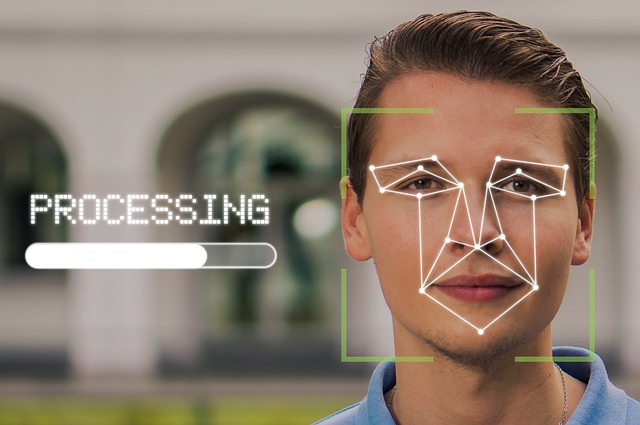Mastering the Art of Contouring: Techniques and Tips
Contouring has become a cornerstone of modern makeup artistry, transforming the way we approach facial enhancement and definition. This sculpting technique, which uses strategic shading and highlighting to accentuate facial features, has roots that stretch back to the stage makeup practices of the early 20th century. However, it wasn't until the rise of social media and celebrity influence that contouring exploded into mainstream beauty culture. Today, it's a skill coveted by makeup enthusiasts and professionals alike, offering a powerful tool for reshaping and enhancing facial structure. The art of contouring has evolved significantly, with new products, techniques, and philosophies emerging to cater to diverse skin tones, face shapes, and personal styles.

The transition of contouring from stage and screen to everyday wear was gradual. Makeup artists like Way Bandy in the 1970s began popularizing techniques for sculpting the face in photography and high-fashion contexts. However, it wasn’t until the late 2000s and early 2010s that contouring started to gain traction among the general public, largely driven by celebrity makeup artists sharing their techniques and the rise of social media platforms like Instagram and YouTube.
The Science Behind Contouring
At its core, contouring is based on the principles of light and shadow. By strategically applying darker shades to areas you want to recede and lighter shades to areas you want to bring forward, you can create the illusion of altered bone structure and facial proportions. This manipulation of light and shadow plays with our perception of depth and dimension, allowing for subtle yet impactful changes to one’s appearance.
The effectiveness of contouring also relies on understanding facial anatomy and the natural play of light on different face shapes. Makeup artists must consider the unique structure of each face, including the placement of cheekbones, the width of the forehead, and the angle of the jawline, to determine where to apply contour and highlight for the most flattering effect.
Contouring Techniques for Different Face Shapes
While the basic principles of contouring remain consistent, the application can vary significantly depending on face shape. Here’s a brief overview of contouring techniques for common face shapes:
-
Oval: Often considered the “ideal” face shape, oval faces require minimal contouring. Light shading along the temples and jawline can enhance natural contours.
-
Round: To elongate a round face, contour along the sides of the forehead, under the cheekbones, and along the jawline.
-
Square: Soften angular features by contouring the corners of the forehead and jawline.
-
Heart: Balance a wider forehead and narrower chin by contouring the temples and sides of the forehead, while highlighting the chin.
-
Diamond: Soften prominent cheekbones by contouring below them and along the temples.
-
Rectangular: Shorten the face by contouring along the hairline and jawline, focusing on creating width at the cheekbones.
Product Evolution and Innovation
The popularity of contouring has driven significant innovation in the beauty industry. What once required professional-grade stage makeup or repurposed eyeshadows has evolved into a diverse range of products specifically designed for contouring. These include:
-
Cream contour sticks and palettes
-
Powder contour kits
-
Liquid contours
-
Dual-ended contour and highlight products
-
Contouring brushes and beauty sponges
Formulations have also improved, with many brands focusing on creating seamless, blendable products that work well with various skin types and tones. The market has expanded to include options for cool, warm, and neutral undertones, as well as products suitable for very fair to very deep skin tones.
The Impact of Contouring on Beauty Standards
The rise of contouring has had a profound impact on beauty standards and self-perception. On one hand, it has empowered individuals to enhance their features and experiment with their appearance in new ways. Contouring techniques can boost confidence by allowing people to address perceived flaws or accentuate their favorite features.
However, the ubiquity of heavily contoured looks, particularly on social media, has also faced criticism for promoting unrealistic beauty standards. The “Instagram face” – characterized by chiseled cheekbones, a slim nose, and a defined jawline – has become a controversial symbol of beauty homogenization. This has led to discussions about authenticity, diversity in beauty, and the pressure to conform to certain ideals.
The Future of Contouring: Trends and Predictions
As beauty trends continue to evolve, so too does the art of contouring. Recent years have seen a shift towards more natural, subtle contouring techniques that enhance rather than dramatically alter facial features. This “soft sculpting” approach focuses on creating a natural-looking dimension using sheer, buildable products and seamless blending.
Another emerging trend is the integration of skincare benefits into contouring products. Brands are developing formulations that not only sculpt the face but also nourish the skin with ingredients like hyaluronic acid, vitamins, and antioxidants. This reflects a broader movement towards multifunctional beauty products that prioritize skin health alongside cosmetic effects.
Technology is also playing an increasingly significant role in the future of contouring. Augmented reality (AR) apps and AI-powered tools are making it easier for consumers to visualize different contouring techniques on their own faces before applying makeup. These technologies offer personalized recommendations based on individual face shapes and features, potentially revolutionizing how people learn and apply contouring techniques.
As the beauty industry continues to embrace diversity and inclusivity, we can expect to see contouring techniques and products that cater to a wider range of skin tones, facial features, and personal preferences. The future of contouring lies in its ability to adapt and evolve, offering tools for self-expression that enhance natural beauty rather than conforming to a single ideal.




